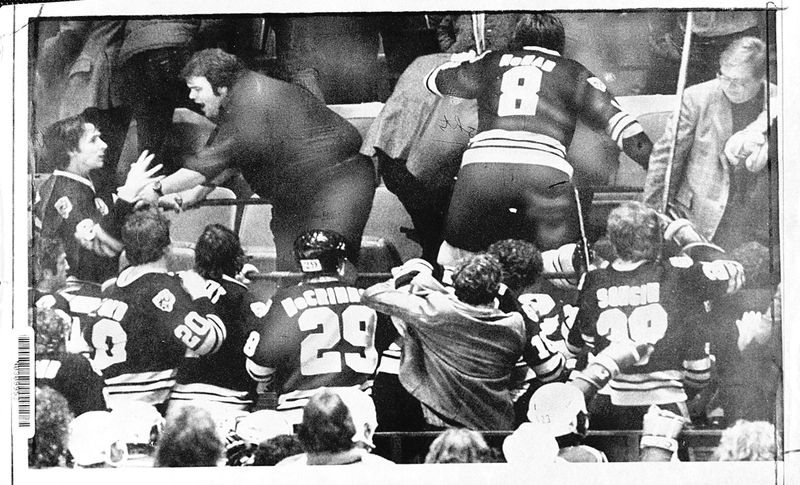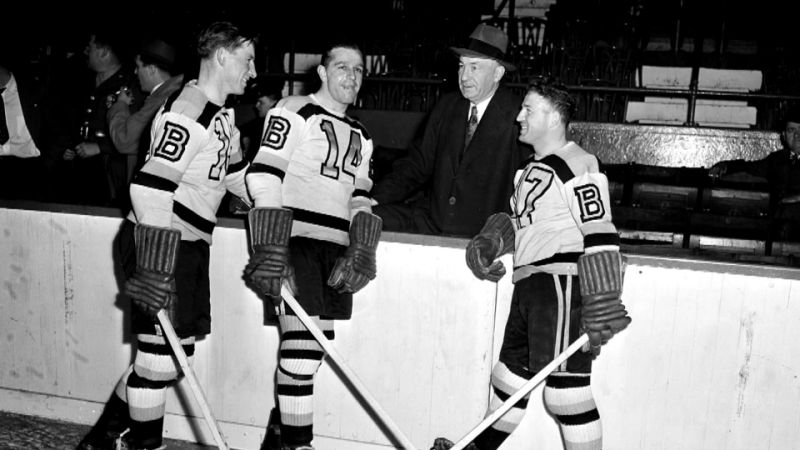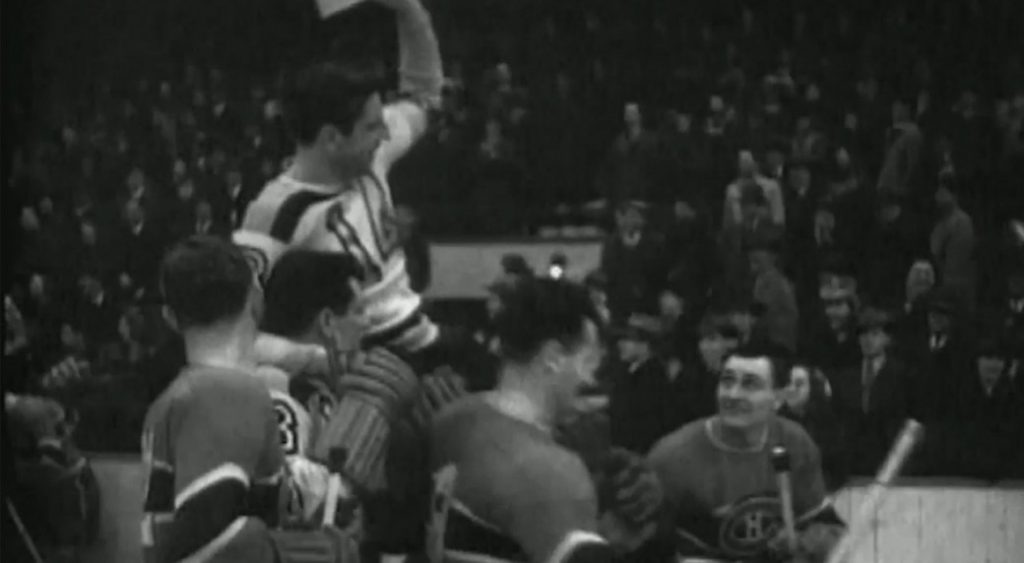The Boston Bruins and New York Rangers were bitter rivals in the ‘70s. The rivalry, at times, was just as intense as the rivalry between Boston and Montreal. On the night of December 23, 1979, closing in on the end of the decade, the Rangers hosted the Bruins at Madison Square Garden. They were having a good game, leading the Bruins 3-1 in the third. The Bruins came back, however, scoring three unanswered goals from Terry O’Reilly, Bobby Lalonde, and Stan Jonathan. They won the game 4-3. The comeback and how fast it happened caused a lot of anger. As a result, the fans became especially vocal and threw things onto the ice.
A Physical Game
The teams were physical throughout the night with a few fights and big hits. At the final buzzer Bruins left winger Al Secord tripped Rangers center Ulf Nilsson with his stick and chaos ensued. Nilsson had been badgered all night and this was the tipping point. John Davidson, the Rangers goalie, took issue with Secord and skated across the ice and hit him into the boards, starting a brawl.
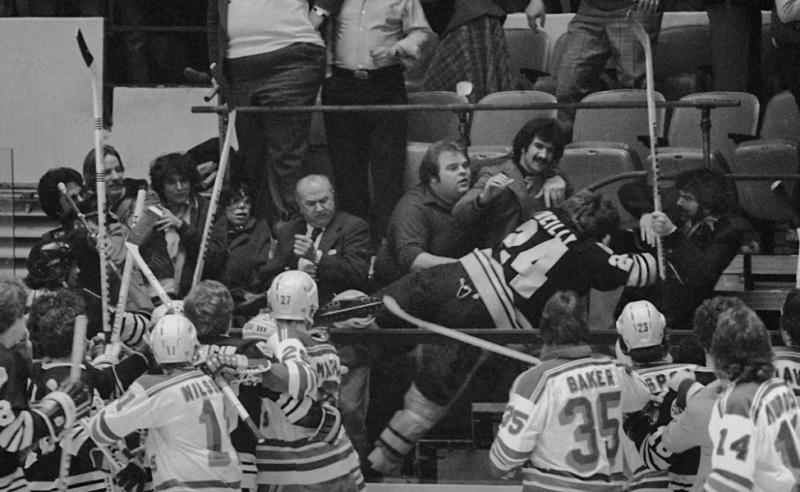
The Fans Join In
In addition to the fighting, a fan in the New York stands reached over the glass and hit Bruins left winger Stan “Bulldog” Jonathan in the face with a rolled up program, drawing blood. Tempers were flaring and, because of that, more fans reached over the glass and began punching the Bruins. Jonathan raised his stick instinctively and someone in the crowd took it from him. After that, right winger Terry “Taz” O’Reilly climbed over the glass, into the stands, and started fighting the fans. The fans jumped on O’Reilly and one even took off their belt and swung it as a weapon. Eighteen members of the Bruins climbed into the stands to help, and a brawl with the fans was on.
The “Shoe Incident”
Defenseman Mike Milbury was already off the ice and in the locker room, celebrating the win. He noticed the locker room was close to empty. When goalie Gerry Cheevers entered, Milbury asked where everyone was. Cheevers told him about the skirmish, so Milbury went to check it out. He got back to the ice just in time to see O’Reilly go into the stands and get swarmed by fans throwing punches. Milbury skated over and joined the fight to back up his teammate.
John Kaptain, a businessman from New Jersey, ended up shoved into a seat. Mike Milbury took off Kaptain’s shoe and hit him with it, thereby creating the infamous “shoe incident”. Milbury later said, “I wanted to protect (O’Reilly); the team. It was the thing to do… The worst thing I did was throw the shoe on the ice, which I thought was the perfect medicine. And he got a slap on the thigh with his cheap penny loafer.”
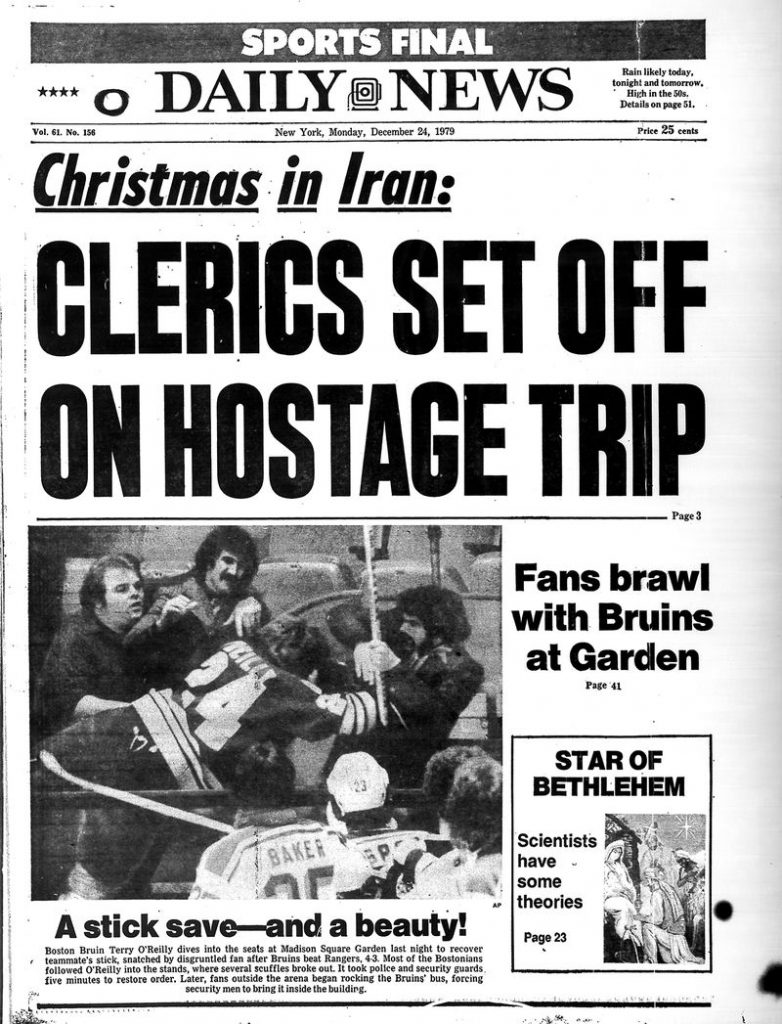
Aftermath
As a result of the fiasco, the fallout came swiftly. John Kaptain was arrested for disorderly conduct. Terry O’Reilly was suspended eight games and Mike Milbury and Peter McNab were each suspended six for their roles in the brawl. All eighteen players that went into the stands were fined $500. The decision to install higher glass panels at every NHL arena was made almost immediately, therefore similar events were prevented in the future. The Big Bad Bruins lived up to their name countless times throughout the ‘70s. Fighting the New York Rangers and their fans was arguably the quintessential moment of it.
